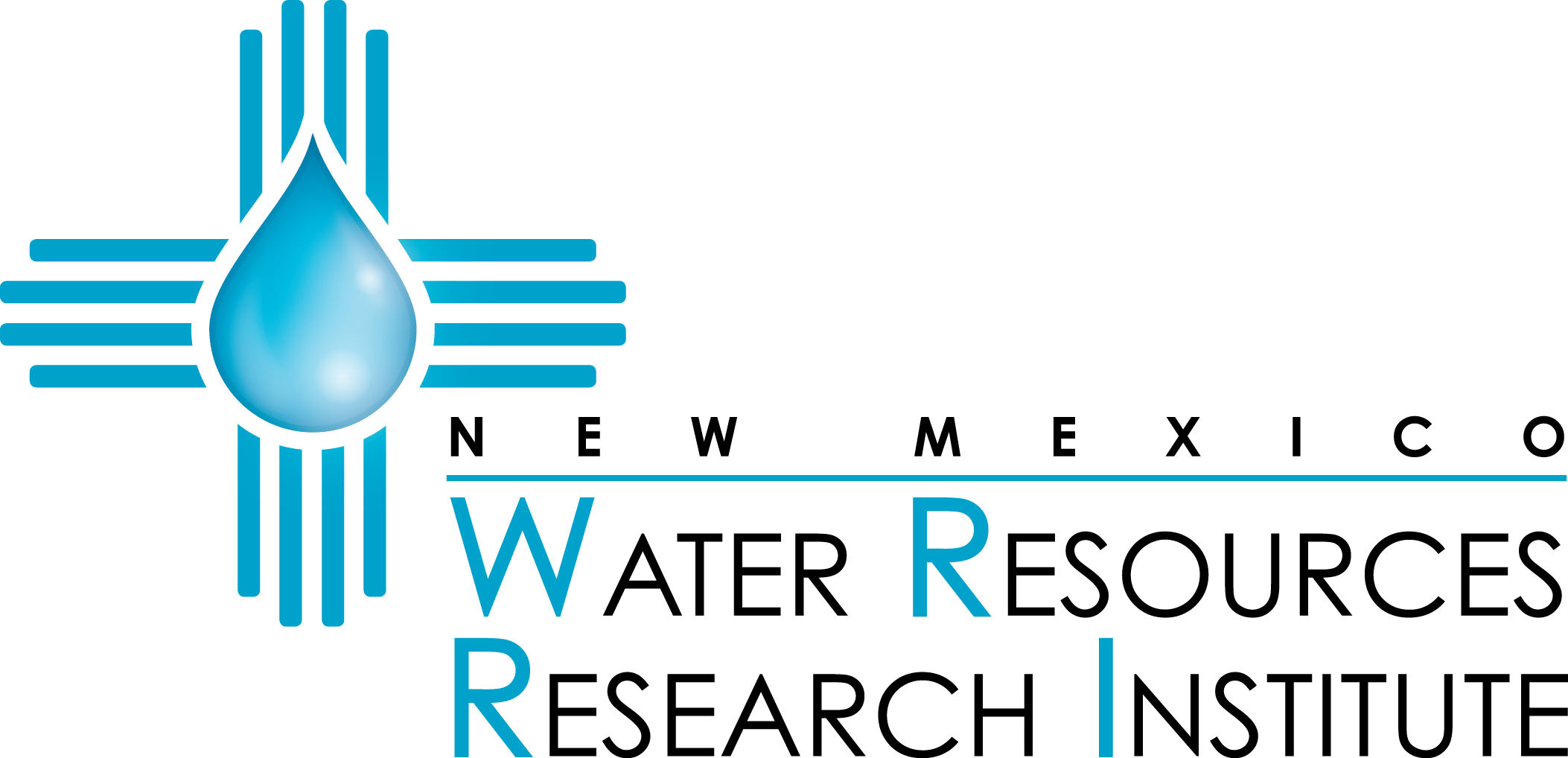In arable valleys of water-limited regions worldwide, community water management systems have evolved to sustain communities in the face of unreliable precipitation. The acequias of the southwestern United States are community irrigation systems that are based largely on ancient technology introduced to the region by 16th-century settlers. Acequias consist of gravity-fed earthen canals that divert stream flow for distribution to fields. They lie at the center of a set of complex self-maintaining interactions between culture and nature that appear to enable drought survival and maintain other sociocultural and ecosystem benefits. Local water management groups inherent in acequias ensure equitable distribution of water to each community, allocating less water for all users in dry years and more in wet years. Acequias help maintain community identity and cohesion, economic sustainability, enhanced floodplain hydrologic function, and wildlife habitat. Contemporary acequia-based communities face new socioeconomic and natural resource pressures that threaten their existence, however. Population growth is accelerating the change from agricultural to residential land and water uses, while climate change threatens to bring warmer winters with less precipitation and earlier spring snowmelt. Traditional acequias create and sustain intrinsic linkages between human and natural systems that increase community and ecosystem resilience to climatic and socioeconomic stresses. Greater knowledge about these interconnections and what can cause them to change or fail will be essential to determine how the communities relying on acequias can adapt to changing conditions. This interdisciplinary research project explored socioeconomic and cultural linkages within and between acequia communities and associated landscapes; hydrologic linkages between surface water and groundwater in irrigated river valleys and contributing watersheds; and wildlife habitat and grazing distribution connections between valley riparian areas and upland forests and grasslands. The investigators quantified the role of acequias in hydrologic function, community resilience, and ecosystem health, and they identified potential tipping points for acequia community survival. Integrative tools informed by examinations of socioeconomic, cultural, and ecohydrological factors indicated the resilience level of acequia-centered systems. A system dynamics model was created to simulate effects of climate and land-use stressors on relationships between economic, social, cultural, climatic, hydrologic, vegetation, and wildlife components. The model quantifies the magnitude of stressors needed to undermine community and ecosystem resilience. Mapping captures spatial linkages and helps to communicate the findings to a larger audience.
This project provided new insights into the relationships between traditional water management systems, communities, and landscapes. It broadened participation of minorities by conducting research in rural Hispanic communities. Community members were active participants in the project and helped determine keys to their own community survival. Project results have been made available to researchers, policy makers, local stakeholders, and the general public through scientific publications, presentations, extension documents, and workshops. Teachers from the region were involved in participatory training in order to reach K-12 students. Undergraduate students were directly involved in the research, as were graduate students who were trained as future scientists and community leaders. A major museum exhibit integrated spirituality and sense of place into presentation of community resource governance. Cross-pollination of ideas with international experts took place through a global comparative workshop and a comparative study in Chile. Policy guidance resulting from this study helped maintain acequia communities and similar common-pool resource systems worldwide.
This Research Project was supported by the National Science Foundation Dynamics of Coupled Natural and Human Systems Program, Award # 1010516
Please visit the National Science Foundation at NSF for more information about this and other research projects.













